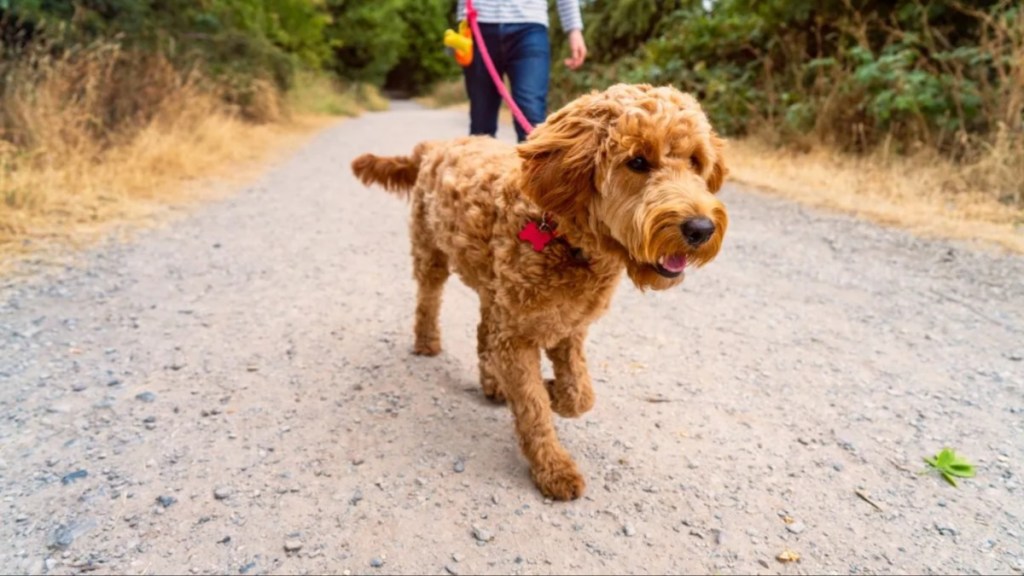Dog walking is an essential activity for the health and happiness of your pet. It provides them with exercise, mental stimulation, and a chance to explore their environment. However, this seemingly simple activity is not without its dangers. To ensure the safety of both you and your pup, it’s crucial to be aware of the various hazards that can arise while walking your dog. From unpredictable weather conditions to potential encounters with wildlife, being prepared for these situations and knowing what to watch out for can make all the difference.
What are the hazards to look out for during dog walks?
Unfriendly animals
One of the most common hazards while walking your dog involves encounters with other dogs or wildlife. Not all dogs are friendly or well-socialized, and unexpected encounters can lead to fights or injuries. Similarly, wildlife like coyotes, raccoons, or snakes — depending on the area — can pose a significant threat. Always be vigilant, keep your dog on a leash, and be prepared to change your route if you encounter potentially dangerous animals.
Environmental hazards
Hot pavements in summer can burn your dog’s paws, while ice and snow in winter can lead to frostbite. Always check the ground temperature and consider protective booties in extreme conditions. Additionally, keep an eye out for hazardous objects on the ground, such as glass shards or garbage that your dog might attempt to eat.
Toxic plants
The natural world is filled with flora that, while beautiful, can be deadly to your pet. Many common plants including lilies, hydrangeas, azaleas, etc. can be toxic if ingested by your dog. Moreover, according to TrustedHousesitters — a well-known pet-sitting platform — certain types of outdoor vegetation like conkers, grapes, acorns, and mushrooms, can also pose a risk to your dog. Familiarize yourself with the local flora and keep your pet away from any plants or vegetation you suspect to be harmful. If you think your dog has ingested a toxic plant, contact your vet immediately.
Busy traffic areas
Vehicular traffic poses a constant threat to many pet owners, particularly those in urban areas or near busy roads. Always use crosswalks, follow traffic signals, and make sure you securely leash your dog to prevent them from darting into the street. Reflective gear for both you and your dog can also improve visibility during early morning or late evening walks.
Overheating and dehydration
During warmer months, dogs can quickly become overheated and dehydrated. This is especially true for breeds with thick fur or short noses. Unlike humans, canines have a limited ability to cool down. Therefore, it’s better to walk your dog during cooler times of the day, provide plenty of fresh water, and watch for signs of overheating.
By being aware of these hazards and preparing accordingly, you can ensure your walks with your dog remain enjoyable and safe. Remember, keeping an eye on your surroundings and understanding your dog’s limits and needs are the keys to preventing accidents and enjoying countless happy outings together.









